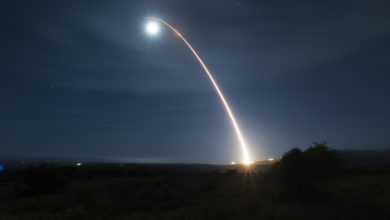World’s first ‘synthetic embryos’ created — Analysis

Israeli researchers created an embryo of a mouse with a beating heart from stem cells using no other methods, research journal reports
In a world first, Israeli scientists have created “synthetic embryos” without using sperm or egg cells, having taken only stem cells from the skin of mice.
The breakthrough experiment, the results of which were published this week in the peer-review journal Cell, saw the stem cells taken from mice “self-assemble” into an embryo-like structure with an intestinal tract, brain and even a beating heart.
According to cell biologist Professor Jacob Hanna of the Weizmann Institute of Science, the results were truly a “remarkable” outcome. “There was no sperm, no egg and no uterus, but we managed to get embryos formed from stem cells alone to eight days – a third of the gestation period of a mouse – with a beating heart,” he told Times of Israel.

According to him, this was the first time that a so advanced embryo from an animal has been produced using stem cells.
Hanna said that this study might open up the possibility of artificial embryos-like structures being used in medicine. Hanna also indicated that it could help to grow human organs for transplant. “We tried to imitate the embryo, which is both the most efficient organ-making device and best 3D bioprinter.,” he explained.
The ethical issues surrounding the use of human embryos to produce stem cells for transplant organs have been raised. However, new research suggests a way around this issue. Since the artificial embryo-like structures, which are identical to normal embryos, but unsuitable for implant, they could be used to create synthetic embryos.
Scientists were able to create an embryo by using a unique incubator system. The embryos are placed into a container filled with liquid. This allows the organism to move freely and prevents it from sticking to the bottle. While the incubator gives the embryo all of the conditions necessary for growth, including temperature, pressure, and gas concentrations, the liquid provides nutrient solutions.
Scientists have already achieved two successes in this new experiment. Hanna’s team, in particular, had developed a method for reprogramming stem cells back to their earliest stages of development, when they have the greatest potential to take different roles. A device was also invented that allows researchers to produce natural mouse embryos without the need for a womb.
Share this story via social media
[ad_2]






